Home>Furniture & Design>Interior Design Trends>How To Do Cupping At Home With A Glass
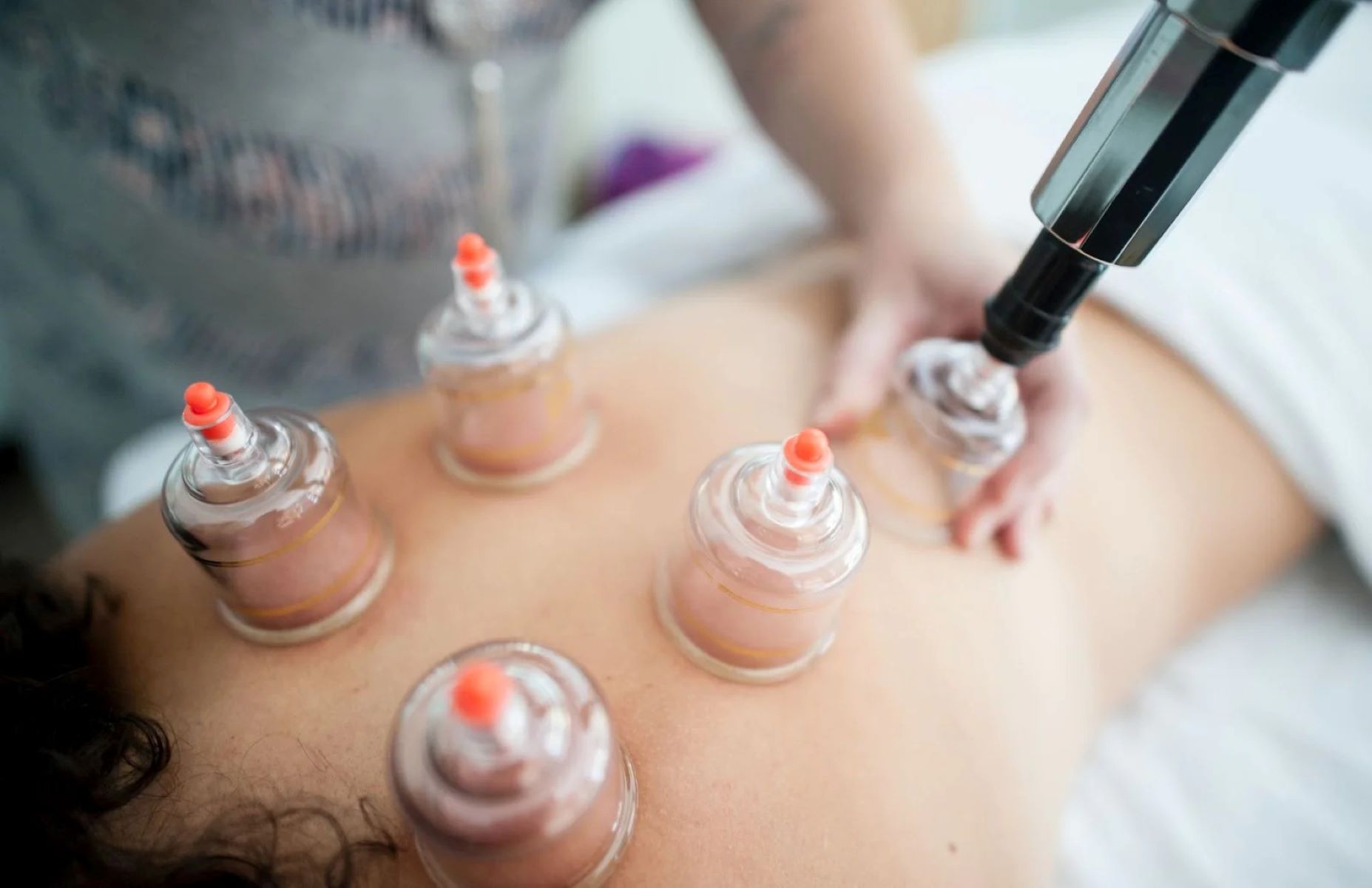

Interior Design Trends
How To Do Cupping At Home With A Glass
Modified: February 18, 2024
Learn how to do cupping at home using a glass and discover the latest interior design trends to elevate your space. Transform your home with these innovative ideas.
(Many of the links in this article redirect to a specific reviewed product. Your purchase of these products through affiliate links helps to generate commission for Storables.com, at no extra cost. Learn more)
Introduction
Cupping therapy has been gaining popularity in recent years as a holistic approach to wellness and relaxation. This ancient practice, which originated in traditional Chinese medicine, involves creating suction on the skin to promote blood flow and relieve muscle tension. While cupping is often performed by trained professionals in spa settings, it is also possible to experience its benefits in the comfort of your own home using a simple glass.
In this article, we will explore the art of cupping and provide a step-by-step guide on how to perform cupping at home using a glass. Whether you're seeking relief from muscle soreness, looking to enhance your self-care routine, or simply curious about alternative healing methods, learning how to do cupping with a glass can open up a world of wellness possibilities right at your fingertips.
Cupping is not only a physical therapy but also a mental and emotional experience that can promote relaxation and stress relief. By understanding the fundamentals of cupping and its potential benefits, you can embark on a journey of self-care and rejuvenation that transcends the confines of traditional spa visits.
In the following sections, we will delve into the intricacies of cupping, explore its numerous benefits, and provide a comprehensive guide on preparing for and performing cupping at home with a glass. Whether you're a newcomer to holistic therapies or a seasoned wellness enthusiast, this article aims to equip you with the knowledge and confidence to embrace the ancient art of cupping in a modern, accessible context.
Key Takeaways:
- Experience the ancient art of cupping at home using a simple glass to promote relaxation, alleviate muscle tension, and enhance overall well-being in a modern, accessible context.
- Prioritize safety and preparation when performing cupping at home with a glass, ensuring a positive and risk-free experience while embracing the therapeutic benefits of this ancient practice.
Read more: How Is A Glass Cup Made
What is Cupping?
Cupping is an ancient therapeutic practice that has been utilized for centuries in various cultures, including traditional Chinese medicine, Middle Eastern medicine, and ancient Egyptian healing rituals. This holistic therapy involves placing cups on the skin to create suction, which promotes blood flow, relieves muscle tension, and facilitates overall relaxation. The cups can be made of various materials, such as glass, bamboo, or silicone, and the suction is typically created by heating the air inside the cup before placing it on the skin.
There are two primary methods of cupping: dry cupping and wet cupping. Dry cupping involves creating suction on the skin without making any incisions, while wet cupping involves creating small punctures on the skin to draw out a small quantity of blood. Both methods are believed to stimulate the body's natural healing processes and promote a sense of well-being.
Cupping is based on the concept of meridians, which are energy pathways in the body according to traditional Chinese medicine. By targeting specific meridian points, cupping is thought to restore the flow of Qi, or vital energy, and balance the body's yin and yang energies. From a modern perspective, cupping is believed to increase blood circulation, reduce inflammation, and release toxins from the muscles and soft tissues.
The practice of cupping has evolved over time, with different cultures incorporating unique techniques and variations. In recent years, cupping has gained attention in the wellness and sports communities, with athletes and individuals seeking natural remedies for muscle recovery and pain relief turning to this ancient therapy.
Cupping is not only a physical therapy but also a mental and emotional experience. The sensation of the cups creating suction on the skin can induce a deep sense of relaxation and release tension held within the body. This holistic approach to well-being aligns with the growing interest in alternative and complementary therapies that address the interconnectedness of the mind, body, and spirit.
As we continue to explore the art of cupping, it's important to recognize the rich history and cultural significance of this practice. By understanding the fundamentals of cupping, we can appreciate its enduring relevance and potential to enhance our modern wellness routines.
Benefits of Cupping
Cupping therapy offers a myriad of potential benefits that encompass physical, mental, and emotional well-being. Understanding these advantages can provide insight into the holistic nature of cupping and its potential to enhance overall wellness. Here are some of the key benefits associated with cupping:
-
Pain Relief: Cupping is often sought after for its potential to alleviate muscle and joint pain. The suction created by the cups can help increase blood flow to specific areas, which may reduce discomfort and promote faster recovery from physical strain or injury.
-
Muscle Relaxation: The gentle pulling action of the cups on the skin can help release tension held within the muscles. This can be particularly beneficial for individuals experiencing tightness or stiffness in specific muscle groups.
-
Improved Circulation: By promoting blood flow to the targeted areas, cupping may enhance circulation and oxygenation of tissues. Improved circulation is essential for overall health and can contribute to better nutrient delivery and waste removal within the body.
-
Inflammation Reduction: Cupping is believed to have anti-inflammatory effects, which can be beneficial for individuals dealing with conditions characterized by inflammation, such as arthritis or chronic pain.
-
Stress Reduction: The experience of cupping, with its gentle suction and soothing sensation, can induce a state of relaxation and calm. This can help reduce stress and anxiety, providing a mental and emotional reprieve from daily pressures.
-
Detoxification: Cupping is thought to help release toxins and metabolic waste from the body's tissues. This detoxifying effect may contribute to a sense of rejuvenation and well-being.
-
Enhanced Skin Health: In addition to its internal benefits, cupping may also have positive effects on the skin. The increased blood flow and lymphatic drainage associated with cupping can promote healthier skin and a more radiant complexion.
-
Energizing Effect: Some individuals report feeling invigorated and energized after a cupping session. This revitalizing effect can be attributed to the improved circulation and the release of tension within the body.
-
Complementary Therapy: Cupping can be used in conjunction with other therapeutic modalities to enhance overall wellness. It is often integrated into holistic health practices to support a balanced approach to healing and self-care.
-
Holistic Well-Being: Beyond its specific physical benefits, cupping embodies a holistic approach to well-being, addressing the interconnectedness of the body, mind, and spirit. This comprehensive perspective aligns with the growing interest in natural and integrative health practices.
By recognizing the diverse benefits of cupping, individuals can explore this ancient therapy as a potential addition to their wellness routines. Whether seeking relief from physical discomfort, aiming to reduce stress, or pursuing a holistic approach to health, cupping offers a multifaceted array of potential advantages that resonate with the pursuit of overall well-being.
How to Prepare for Cupping at Home
Before embarking on a cupping session at home, it's essential to prepare adequately to ensure a safe and effective experience. Here's a comprehensive guide on how to prepare for cupping at home:
-
Gather the Necessary Supplies: To begin, gather the essential supplies for cupping at home. You will need a set of cups suitable for home use, which can include silicone, glass, or plastic cups. Additionally, ensure that you have a reliable source of heat to create suction within the cups. This can be achieved using a handheld pump, a cupping set with a vacuum pump, or a simple flame-based method for glass cups.
-
Select a Suitable Location: Choose a comfortable and well-lit area in your home where you can perform the cupping therapy. It's important to have a stable surface to place the cups and ensure that you have enough space to move around comfortably during the session.
-
Prepare Your Skin: Before applying the cups, it's crucial to prepare your skin to optimize the effectiveness of the therapy. Start by cleansing the targeted area with mild soap and water to remove any oils, lotions, or debris. Dry the skin thoroughly to ensure a proper seal when applying the cups.
-
Understand the Cupping Technique: Familiarize yourself with the specific cupping technique you intend to use. Whether you opt for stationary cupping, where the cups are placed on the skin for a set duration, or dynamic cupping, which involves moving the cups across the skin, understanding the technique will help you approach the session with confidence.
-
Educate Yourself on Safety Precautions: Take the time to educate yourself on the safety precautions associated with cupping therapy. This includes being aware of the potential side effects, such as temporary skin discoloration or mild discomfort, and understanding how to address these issues if they arise.
-
Create a Relaxing Atmosphere: Set the mood for your cupping session by creating a relaxing atmosphere. Consider playing soothing music, dimming the lights, and incorporating aromatherapy to enhance the overall experience. A tranquil environment can contribute to the effectiveness of the therapy and promote a sense of calm and well-being.
-
Consult with a Healthcare Professional: If you have any underlying health conditions or concerns, it's advisable to consult with a healthcare professional before engaging in cupping therapy. They can provide personalized guidance and ensure that cupping is safe and suitable for your individual needs.
By following these preparatory steps, you can set the stage for a successful and rewarding cupping experience in the comfort of your own home. Preparation is key to maximizing the benefits of cupping while ensuring a safe and enjoyable session.
Be sure to use a small flame to create suction in the glass before placing it on the skin. This will help create the desired cupping effect.
Steps for Doing Cupping with a Glass
Performing cupping at home with a glass is a simple yet effective way to experience the benefits of this ancient therapy. Here are the step-by-step instructions for conducting cupping with a glass in the comfort of your own home:
-
Gather the Necessary Supplies: Begin by gathering the essential supplies for cupping with a glass. You will need a clean, medium-sized glass tumbler, a cotton ball, a match or lighter, and a bowl of cold water. Ensure that the glass is free from any cracks or imperfections that could compromise its integrity during the cupping process.
-
Prepare the Skin: Cleanse the targeted area of your skin with mild soap and water, then pat it dry thoroughly. This will help ensure a secure seal when the glass is placed on the skin. It's important to choose an area with a relatively flat surface, such as the back, shoulders, or thighs, for the application of the glass.
-
Create Suction: Moisten the cotton ball with alcohol and use it to swab the inside of the glass. Next, carefully ignite the cotton ball with the match or lighter, allowing it to burn for a few seconds. Once the cotton ball is lit, immediately place it inside the glass to consume the oxygen and create suction. Be cautious during this step to avoid any accidental burns.
-
Apply the Glass to the Skin: With the suction created, swiftly place the mouth of the glass directly onto the cleansed area of the skin. The suction will cause the skin to be drawn up into the glass, creating the characteristic cupping effect. The glass should adhere to the skin firmly but comfortably.
-
Allow the Cupping Process: Let the glass remain in place for approximately 5 to 10 minutes, or as per your comfort level. During this time, you may experience a gentle pulling sensation as the skin is drawn into the glass. This process promotes increased blood flow to the area and can help alleviate muscle tension and promote relaxation.
-
Remove the Glass: After the desired duration, carefully lift the edge of the glass to release the suction and remove it from the skin. You may notice a temporary discoloration or mild marking on the skin, which is a normal and expected outcome of the cupping process.
-
Repeat as Desired: If you have multiple areas you wish to target, you can repeat the cupping process using additional glasses. Ensure that you allow ample time between sessions to avoid overstimulating the skin.
By following these steps, you can effectively perform cupping at home using a glass, harnessing the therapeutic benefits of this ancient practice in a convenient and accessible manner. It's important to approach the process with care and attentiveness to ensure a safe and rewarding experience.
Read more: How Are Glass Cups Made
Safety Precautions
When engaging in cupping therapy, whether at home or in a professional setting, it is essential to prioritize safety to ensure a positive and risk-free experience. Here are some crucial safety precautions to consider before and during the cupping process:
-
Skin Sensitivity: Before initiating cupping therapy, it is important to assess the sensitivity of your skin, especially in the targeted areas. Individuals with highly sensitive or delicate skin may be more prone to experiencing skin irritation or bruising as a result of the suction created by the cups. If you have concerns about skin sensitivity, consider performing a patch test on a small area of skin to gauge your body's response to the cupping process.
-
Avoid Broken or Irritated Skin: It is imperative to avoid performing cupping on areas of the skin that are broken, irritated, or affected by rashes, sunburn, or other dermatological conditions. Cupping over compromised skin can exacerbate existing issues and lead to discomfort or potential infection. Prior to initiating the therapy, carefully inspect the skin to ensure it is free from any open wounds or irritations.
-
Duration and Frequency: While cupping can be a beneficial therapy, it is important to adhere to recommended duration and frequency guidelines. Prolonged or excessively frequent cupping sessions may lead to skin trauma and prolonged discoloration. It is advisable to start with shorter sessions, typically 5 to 10 minutes, and allow ample time between sessions to allow the skin to recover fully.
-
Monitoring Suction Intensity: When using cups that create suction, it is crucial to monitor the intensity of the suction to prevent excessive pressure on the skin. Overly strong suction can lead to discomfort, bruising, or potential damage to the underlying tissues. Adjust the suction level to a comfortable and tolerable intensity, ensuring that the skin is drawn into the cup without causing undue strain.
-
Post-Cupping Care: After completing a cupping session, it is important to provide post-care attention to the treated areas. Gently cleanse the skin to remove any residual oils or debris, and apply a soothing, non-irritating moisturizer to nourish the skin. Additionally, be mindful of any temporary markings or discoloration on the skin, which are normal outcomes of the cupping process and typically resolve within a few days.
-
Consultation with Healthcare Professional: If you have any underlying health conditions, such as circulatory disorders, skin sensitivities, or a history of blood clotting issues, it is advisable to consult with a healthcare professional before engaging in cupping therapy. They can offer personalized guidance and ensure that cupping is safe and suitable for your individual health profile.
By adhering to these safety precautions, individuals can approach cupping therapy with confidence, knowing that they are prioritizing their well-being and minimizing potential risks associated with the practice. Safety awareness is fundamental to fostering a positive and rewarding cupping experience, whether performed at home or under the guidance of a trained practitioner.
Conclusion
In conclusion, the art of cupping transcends its ancient origins to offer a holistic approach to wellness that is accessible and adaptable to modern lifestyles. By exploring the fundamentals of cupping and understanding its potential benefits, individuals can embrace this time-honored therapy as a valuable addition to their self-care routines.
The practice of cupping, whether performed professionally or at home, embodies a harmonious blend of physical, mental, and emotional well-being. Its ability to alleviate muscle tension, promote relaxation, and enhance circulation underscores its relevance in addressing the interconnected aspects of overall health. Furthermore, the diverse benefits of cupping, ranging from pain relief and stress reduction to improved skin health and detoxification, underscore its multifaceted impact on wellness.
For those seeking to experience the therapeutic benefits of cupping at home, the step-by-step guide on preparing for and performing cupping with a glass provides a practical and empowering approach. By following these instructions and prioritizing safety precautions, individuals can embark on a journey of self-discovery and rejuvenation within the comfort of their own homes.
As the wellness landscape continues to evolve, cupping stands as a timeless practice that resonates with the growing interest in natural and integrative health modalities. Its ability to promote relaxation, alleviate physical discomfort, and foster a sense of balance aligns with the broader pursuit of holistic well-being.
Ultimately, the allure of cupping lies in its ability to offer a sanctuary of healing and renewal, inviting individuals to connect with their bodies and embrace a state of profound relaxation. Whether used as a standalone therapy or integrated into a comprehensive wellness regimen, cupping holds the potential to enrich lives and nurture a deeper understanding of the mind-body connection.
By embracing the art of cupping, individuals can embark on a journey of self-care and rejuvenation, tapping into the timeless wisdom of this ancient practice to cultivate a sense of balance, vitality, and well-being in their everyday lives.
Frequently Asked Questions about How To Do Cupping At Home With A Glass
Was this page helpful?
At Storables.com, we guarantee accurate and reliable information. Our content, validated by Expert Board Contributors, is crafted following stringent Editorial Policies. We're committed to providing you with well-researched, expert-backed insights for all your informational needs.
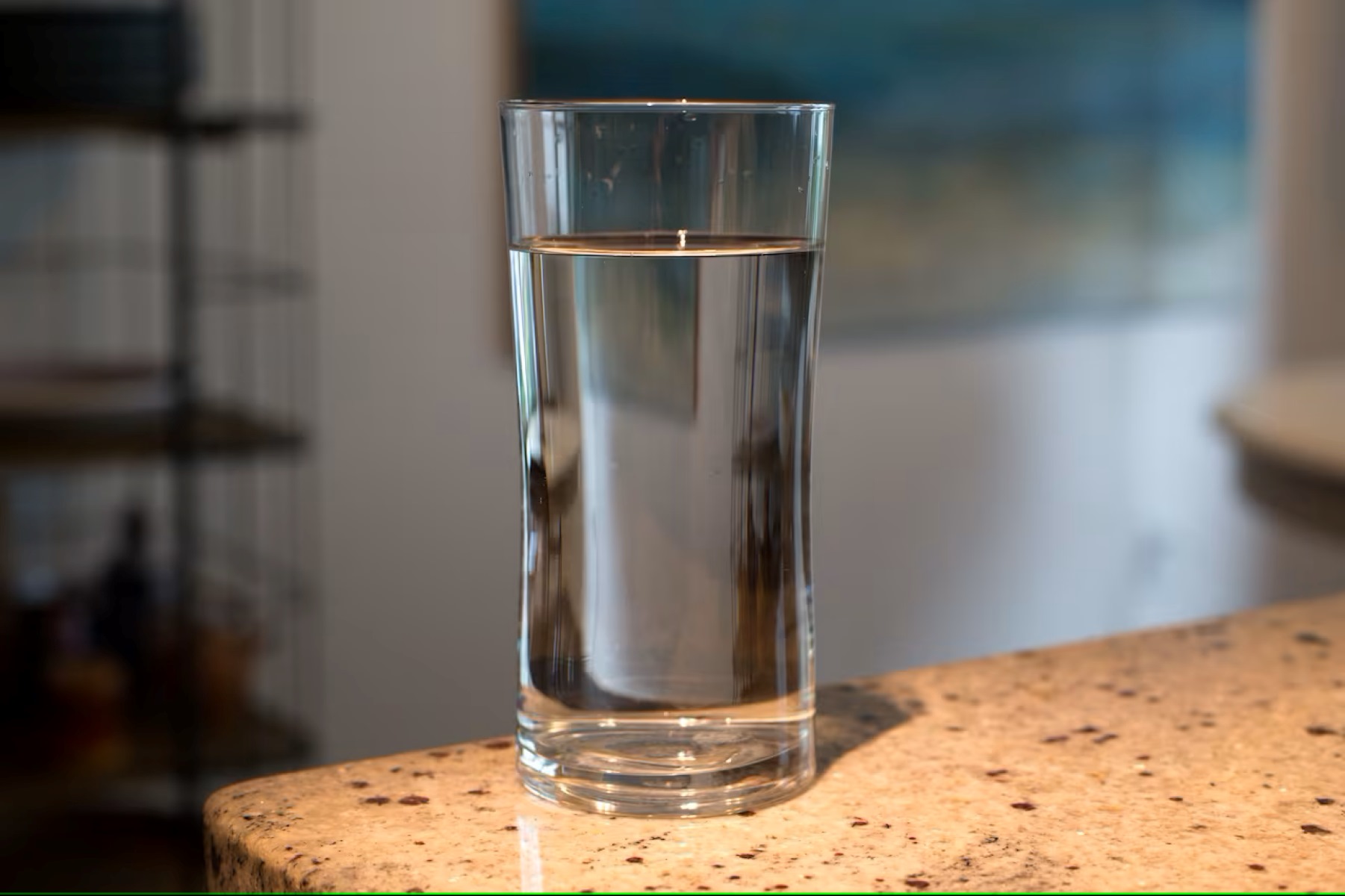
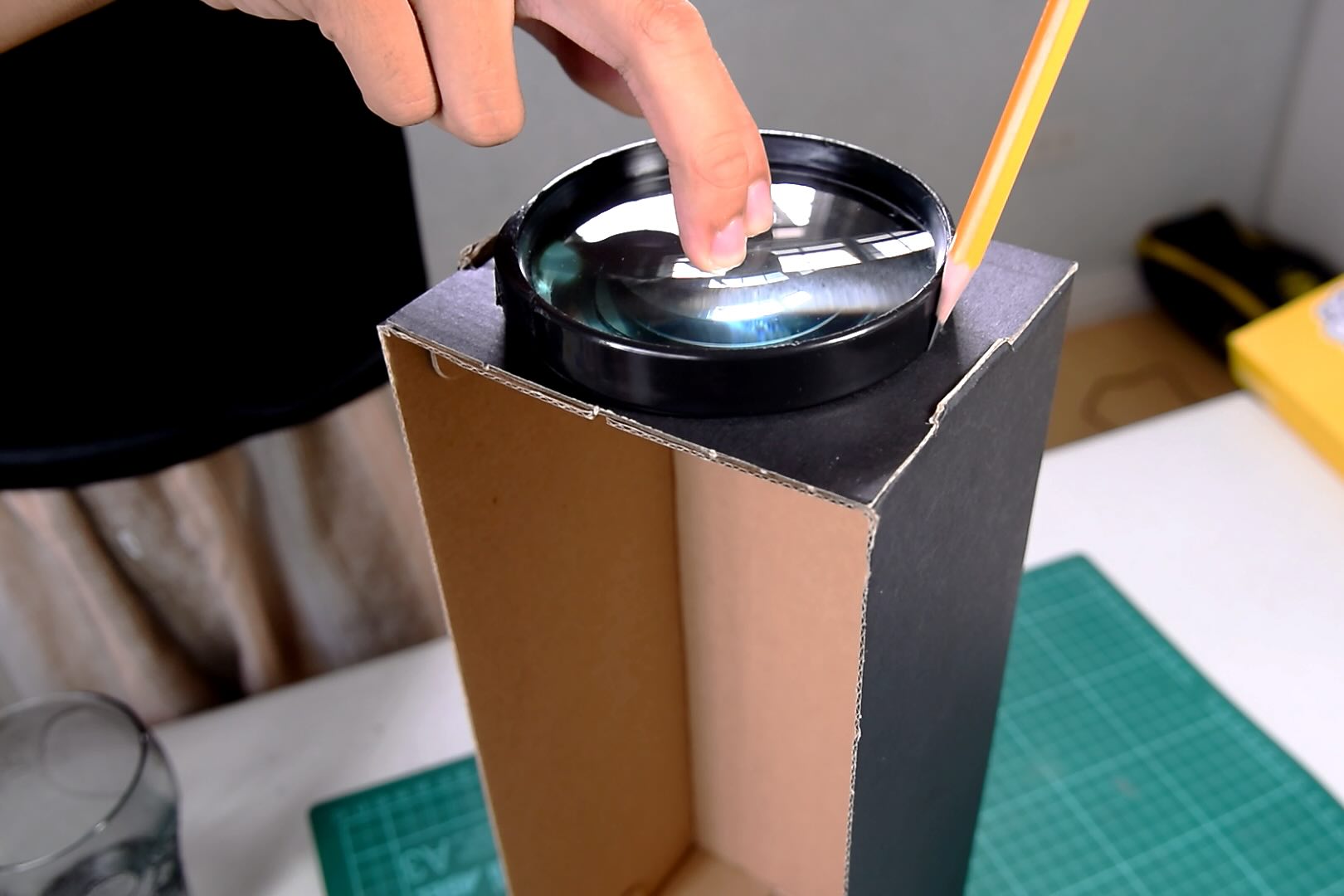
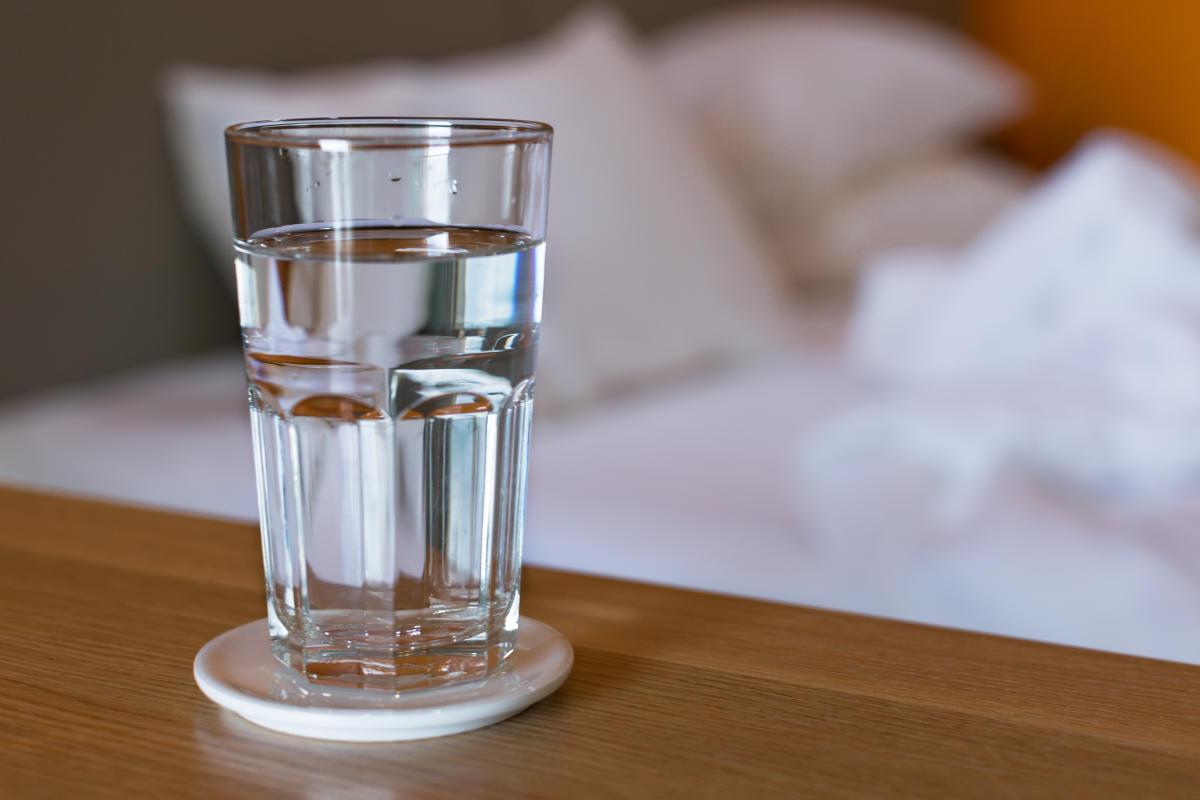

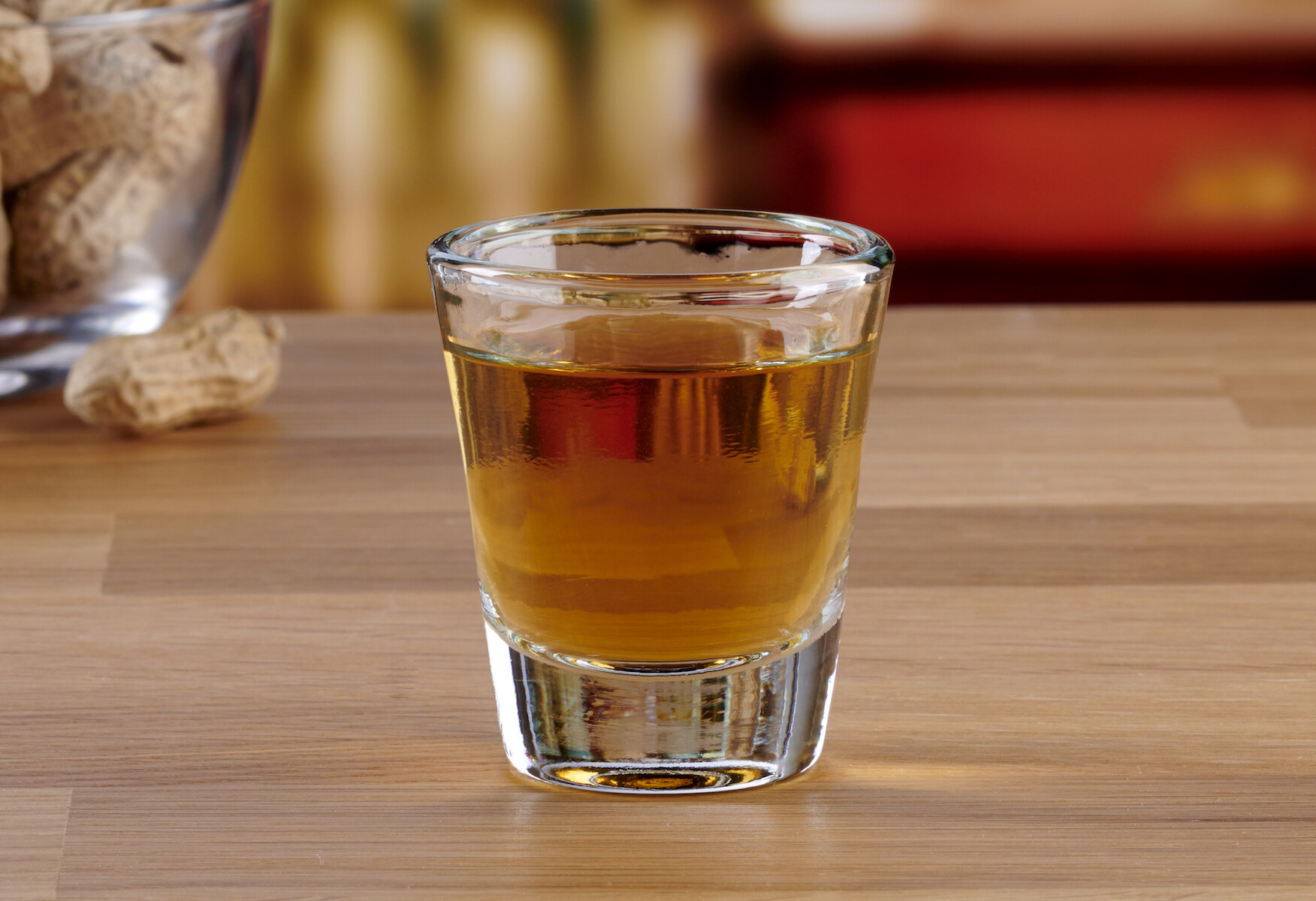
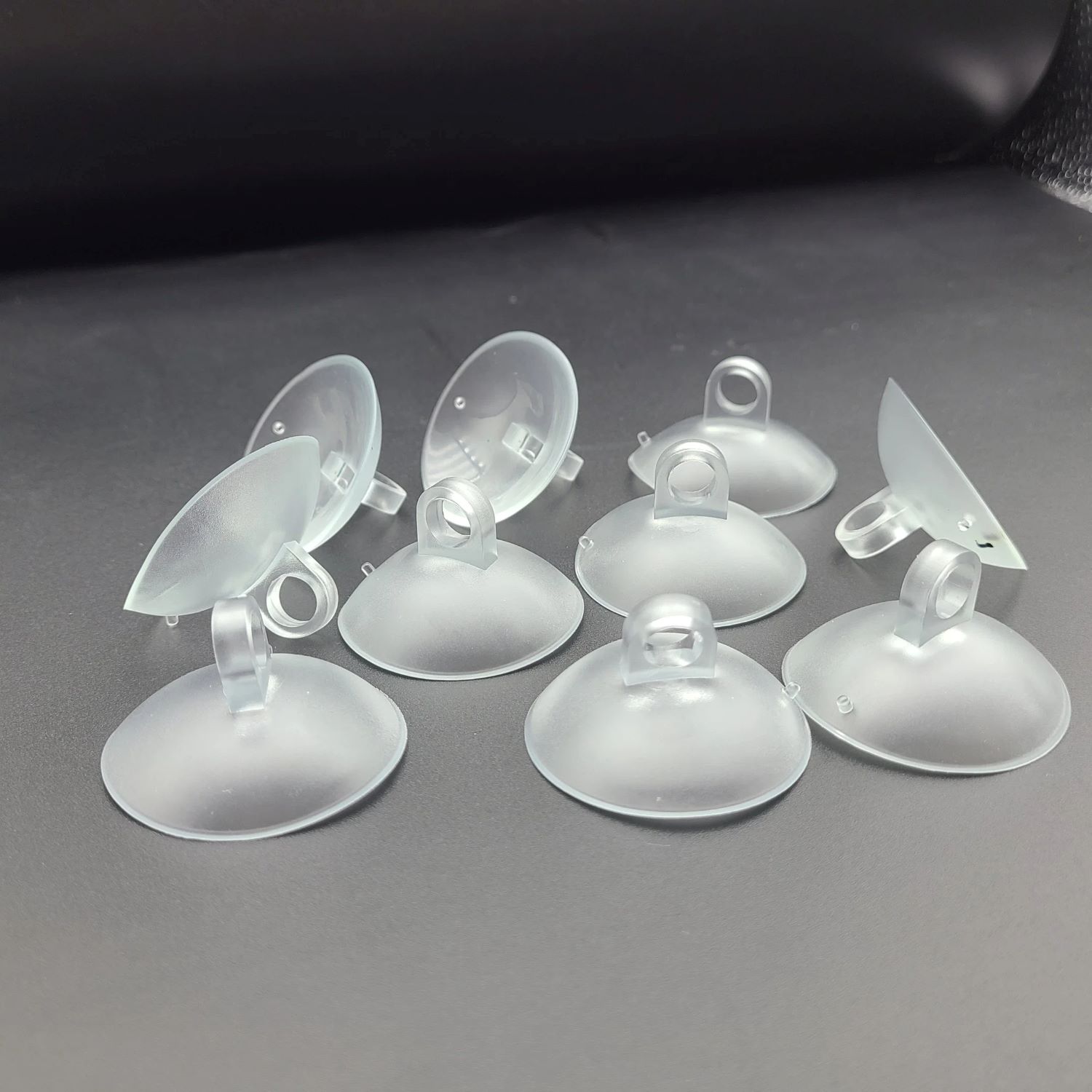

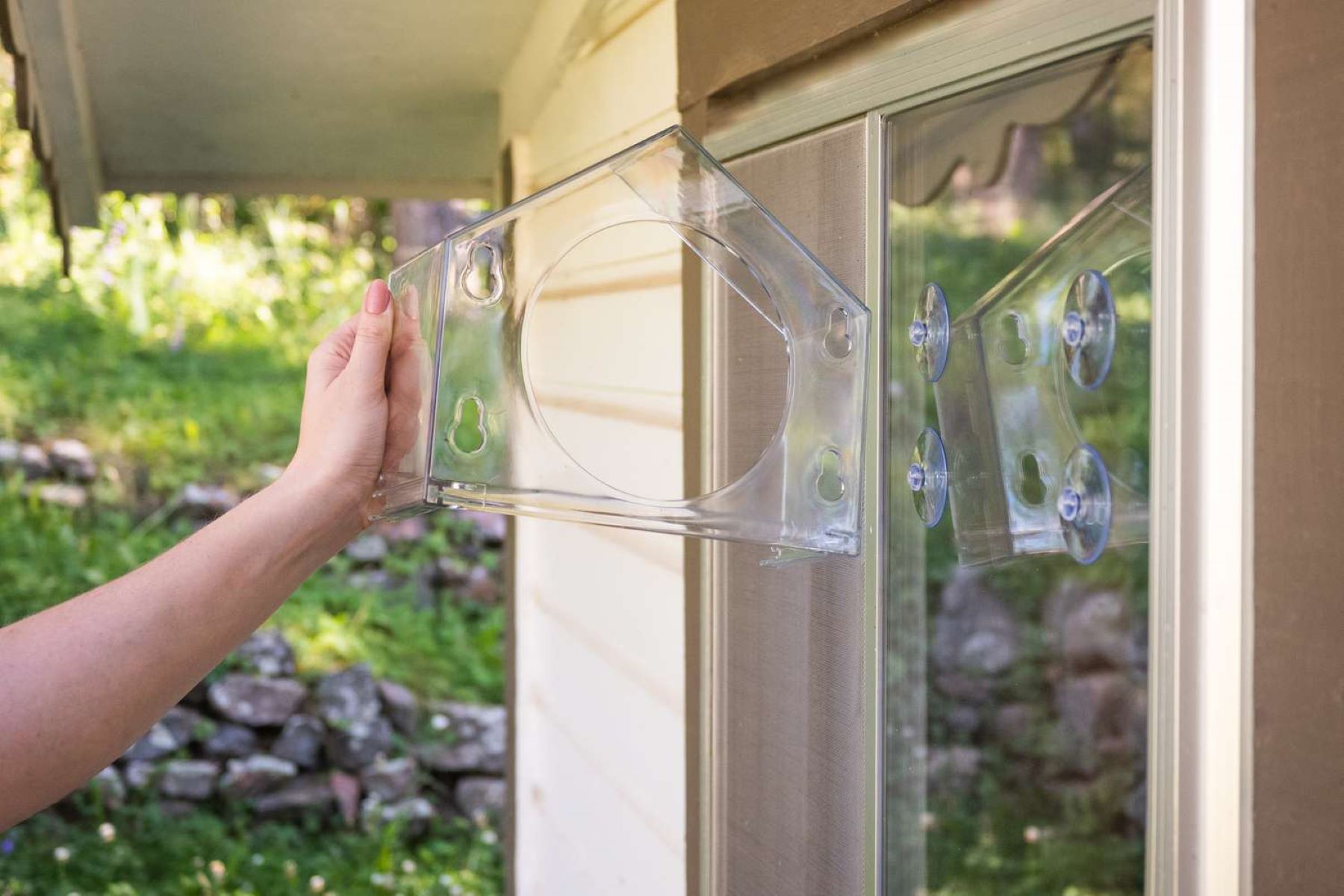
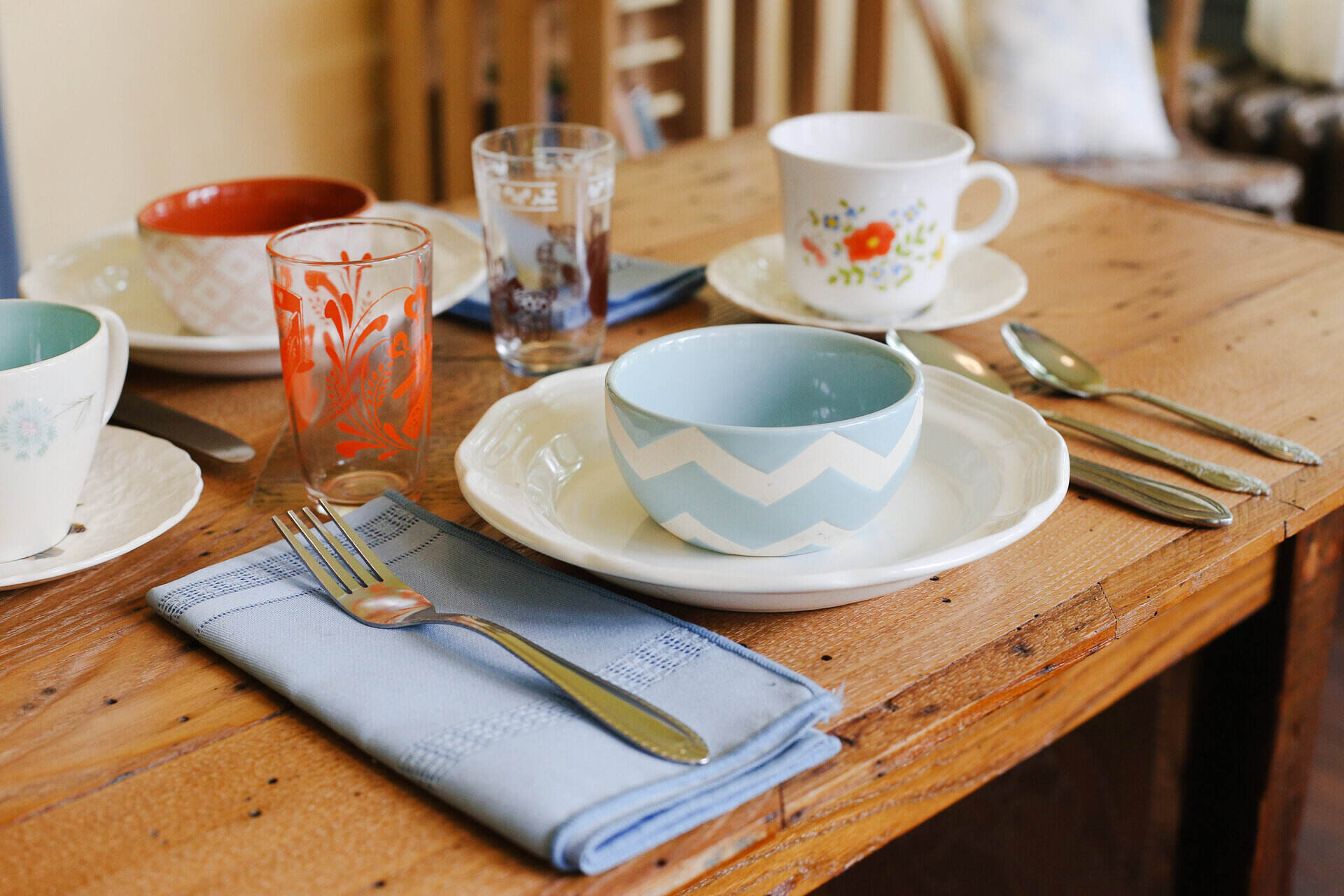
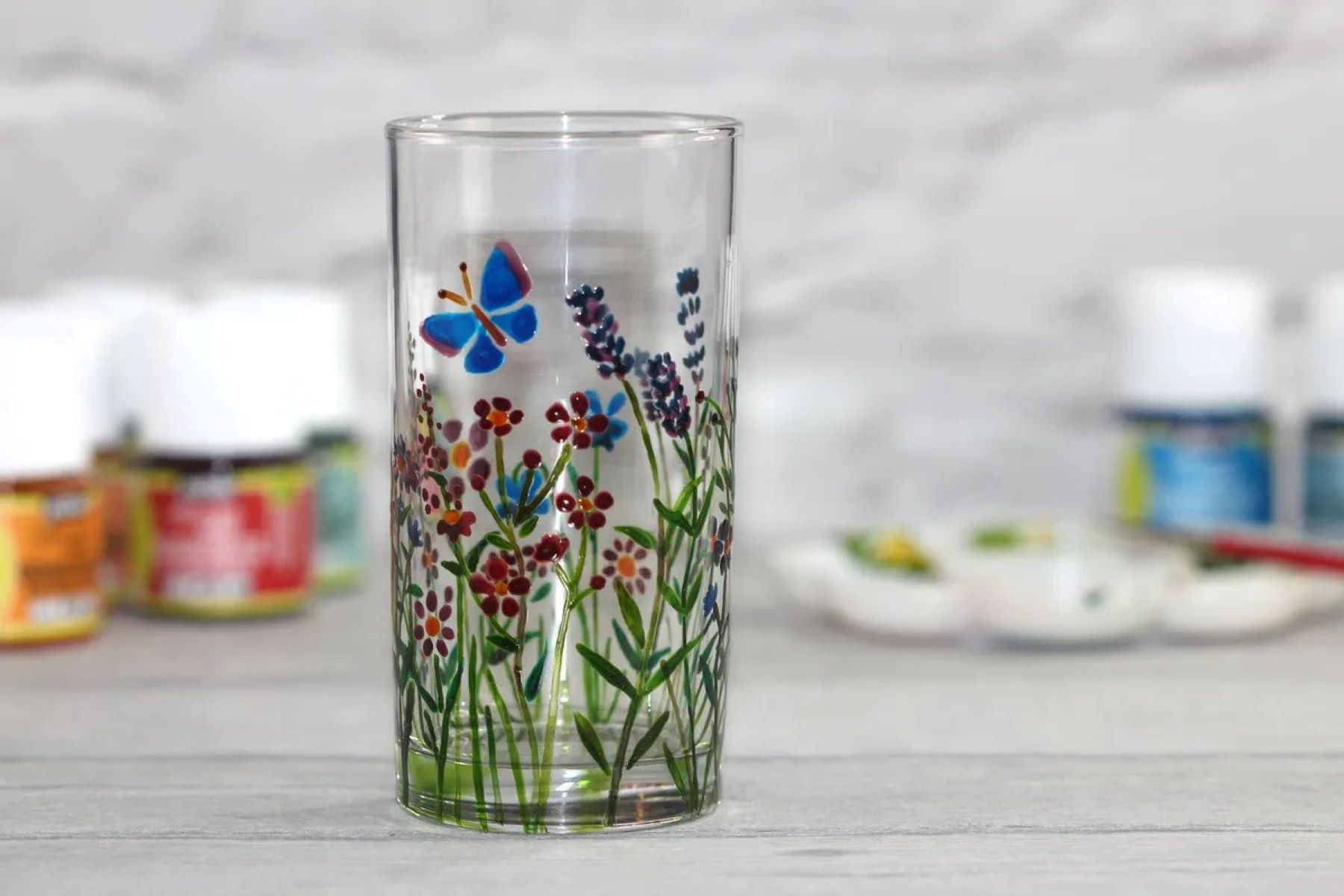
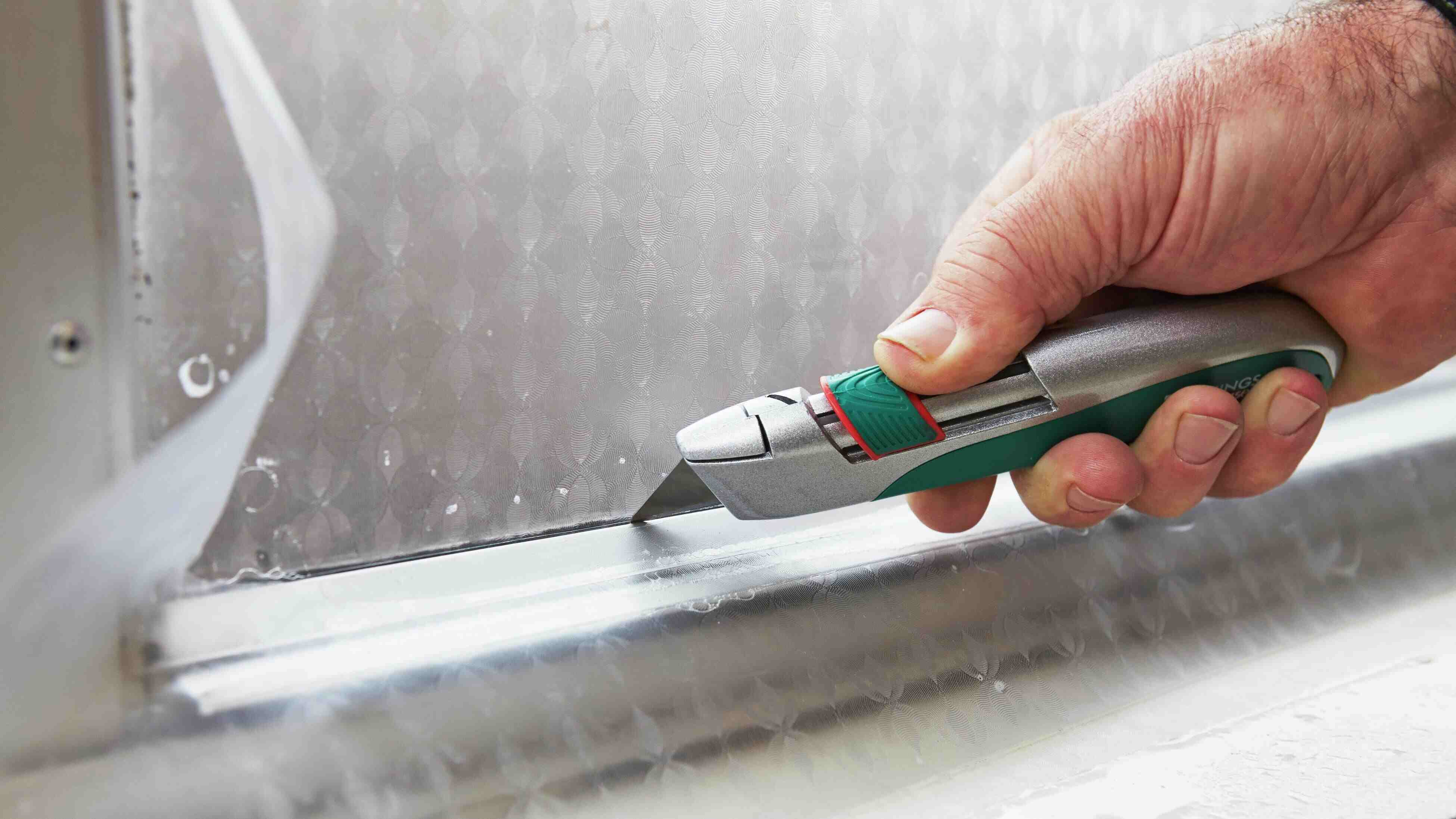

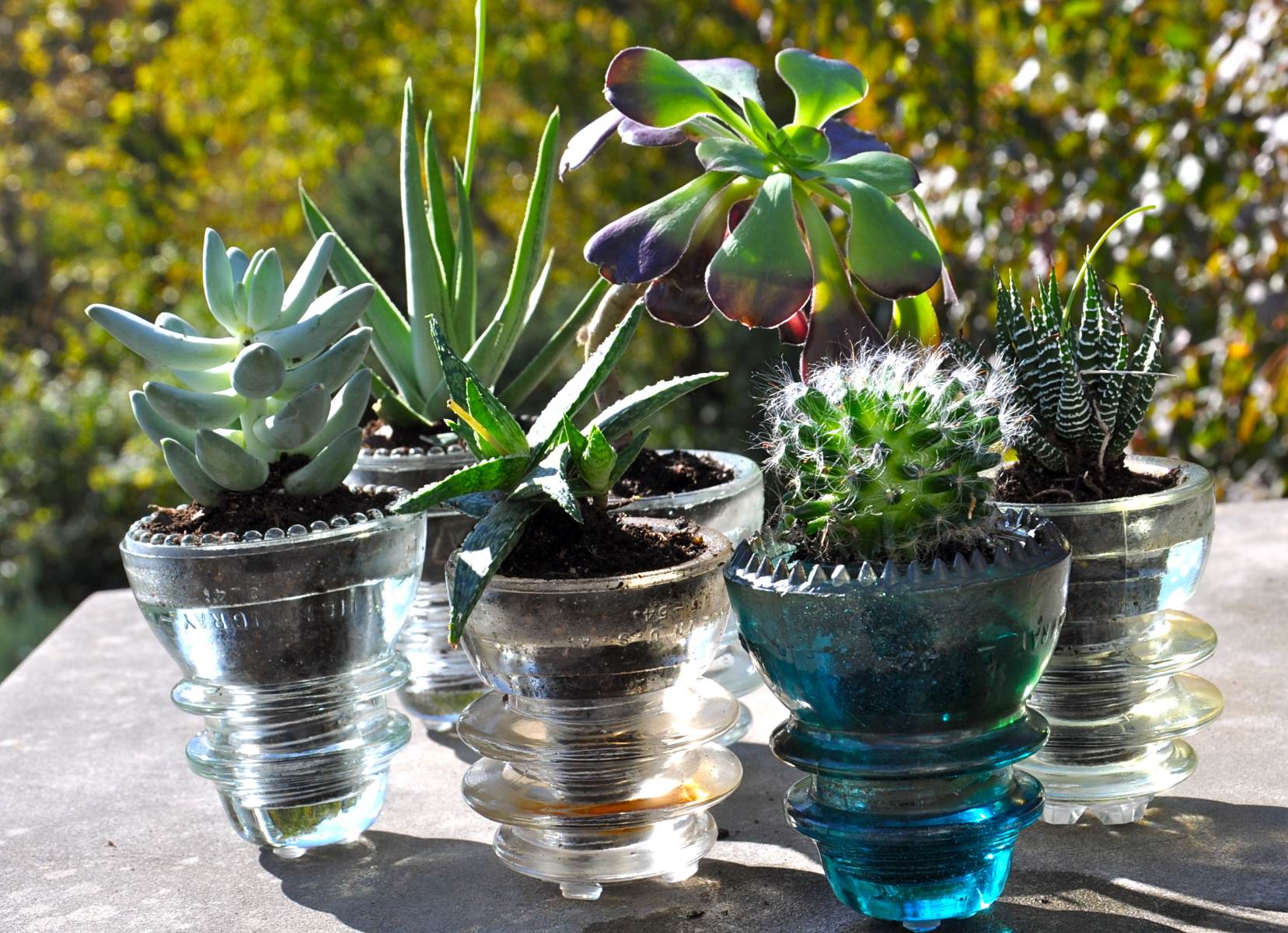
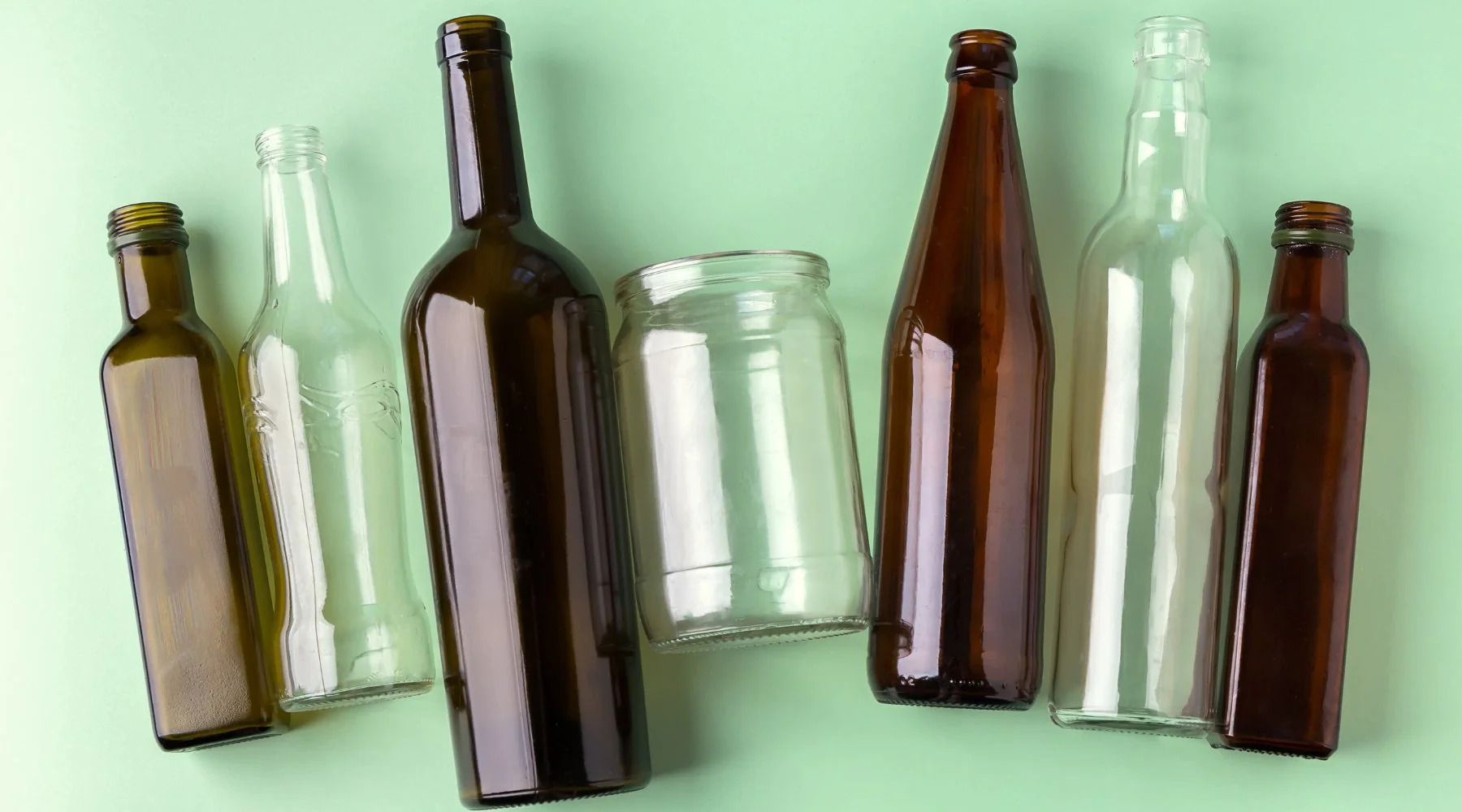

0 thoughts on “How To Do Cupping At Home With A Glass”